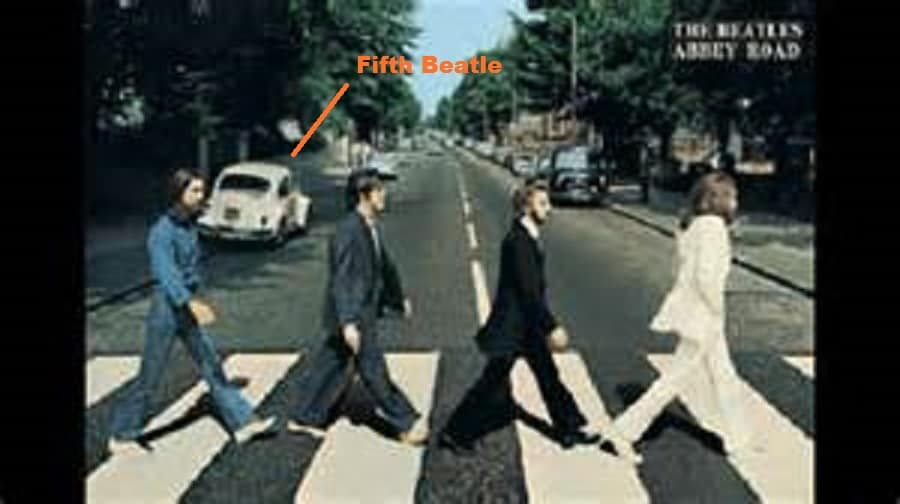Found this stone lying face down in the muck!
Hopefully it just tipped over.
It is the S 1/4 of Sec. 1. We have the NW corner, W 1/4, and SW corner.
We haven't tied this one in yet. Hoping to get the SE corner as well. Unfortunately no references, topo calls, or previous recoveries to help us confirm it hasn't been displaced. Basically walked right to it, as far as departures were concerned.
The hillside appears to have remained untouched going as far back as the 1951 aerial photos we checked today.
Chalk one up for another "open" numeral four.
The dozen or so 1/4 corners I have seen (when I paid attention) in Oklahoma almost exclusively had "open" fours. I always figured it was probably because scratching in sandstone or limestone was easier in a simple up and down motion.
Not too long ago I ran into someone that had seen the exact opposite. All of the corners from where he was from apparently had "closed" fours. Although I'm sure it varies from surveyor to surveyor, it has made a good topic of conversation several times. I personally like the 1/4 symbol made with "ortho on" lines.
paden cash, post: 328458, member: 20 wrote: Although I'm sure it varies from surveyor to surveyor
I like the open four as well.
I believe it was typically the responsibility of the axemen to mark the stones (and bearing trees). I have seen the type and size of markings vary even on the same survey (open four vs closed four, and notches vs grooves).
I always note the type of four, and approximate height of the stone markings on corner records.
I have also noted that the height of the blaze (location on the tree) on a BT can also vary. Some may be low while others are at chest height. Maybe a function of sore joints? 🙂
Kevin Samuel, post: 328449, member: 96 wrote: Found this stone lying face down in the muck!
Hopefully it just tipped over.
It is the S 1/4 of Sec. 1. We have the NW corner, W 1/4, and SW corner.
We haven't tied this one in yet. Hoping to get the SE corner as well. Unfortunately no references, topo calls, or previous recoveries to help us confirm it hasn't been displaced. Basically walked right to it, as far as departures were concerned.
The hillside appears to have remained untouched going as far back as the 1951 aerial photos we checked today.
"Hopefully it just tipped over."
Nice find!!!
First I look at how it is lying, imagine how the stone would be when it was standing and how if it did tip where the 1/4 should end up. If it's on the north face and the stone tips north then the 1/4 should be face down pointing north, if it tips south then face up pointing south. If you find it that way what are the chances it was picked up and moved then placed just like that?
Of course, it may have slid down the hill, but without something else to place it I sure would go with the position you found it at.




